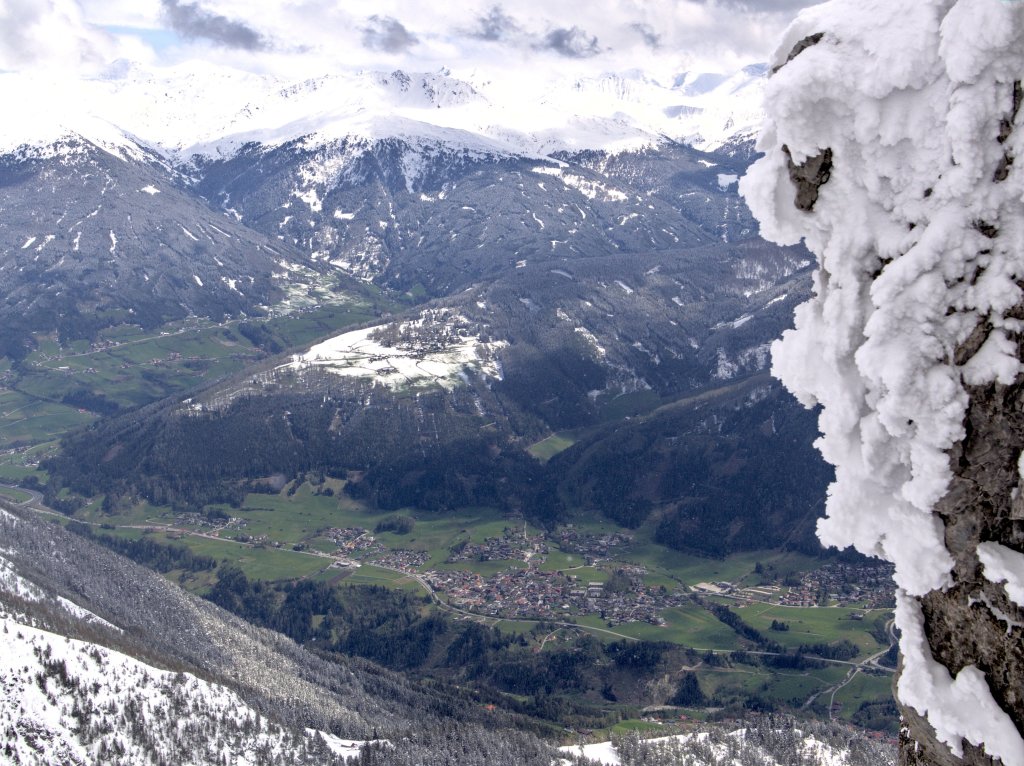Current situation and outlook
The Alps are located in a warm southerly current, which brings us Föhn (north) or clouds and precipitation (south). The relevant low-pressure area lies to the west of France and extends far to the south, where it can collect warm air and Saharan dust. Both are then transported directly to Central Europe. The Föhn was already very present over the weekend, as the PG team was able to verify in person at the end-of-season meeting in Engelberg.
In the eastern Alps and generally on the northern side of the Alps, the weather will remain relatively warm and dry today, Wednesday. However, it will become increasingly wet in the south, the further west the more so. The south-western Alpine arc will get another very good load of fresh snow at high altitudes between Wednesday and Thursday. Without consulting the oracle, we dare to say that a metre here and there is within the realms of possibility. The snow line is somewhere around 2000 metres. On Thursday, it will remain wet in the south and comparatively dry in the north. A cold front will move through on Friday and the current will turn to the north. This means that there will also be precipitation on the northern slopes of the Alps, with slightly cooler temperatures. The weather will gradually calm down in the south. The forecast for the weekend looks changeable some showers here and there.




